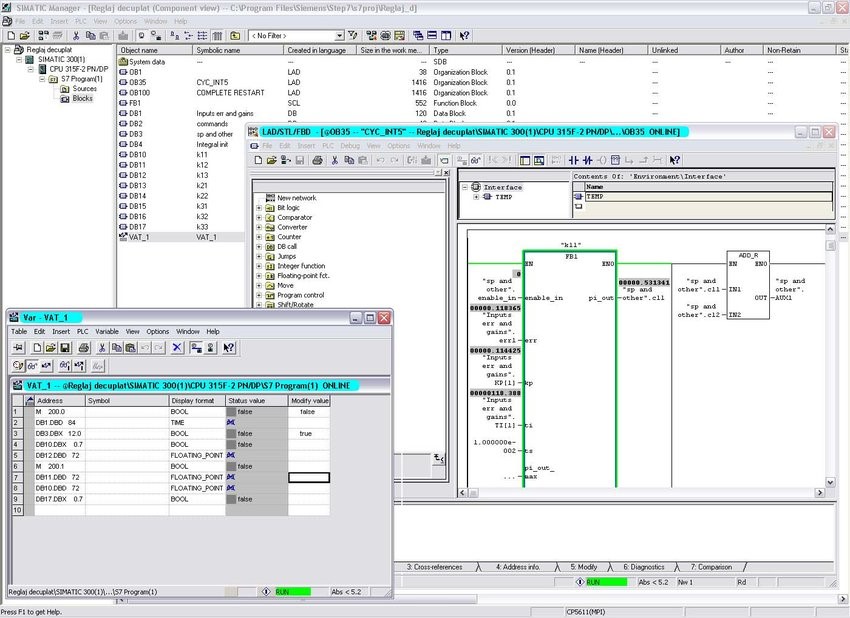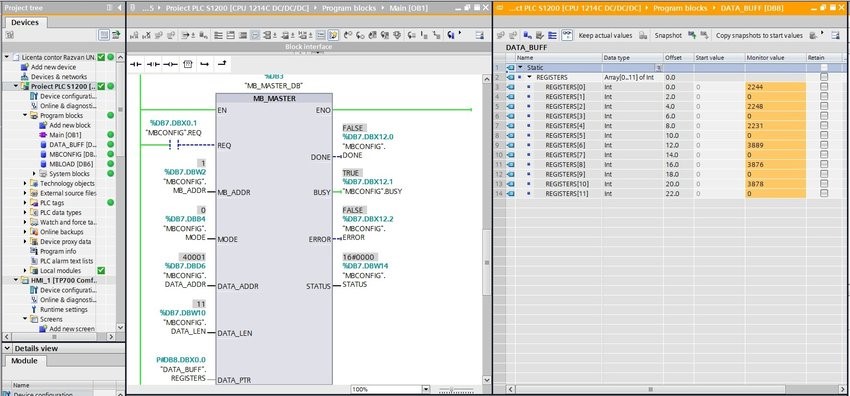Both PLC and DCS technologies can control an entire plant from process visualization, process optimization, plant asset management, energy management and beyond. Whether used together or separately, PLC and DCS controllers keep your operations running smoothly so you can avoid costly downtime.
Distributed Control Systems (DCS) and Programmable Logic Controllers (PLC) are both beneficial in controlling complex production automation and safety processes. The differences between the two control approaches have become minimal as technology increases, but each has some specific applications.





